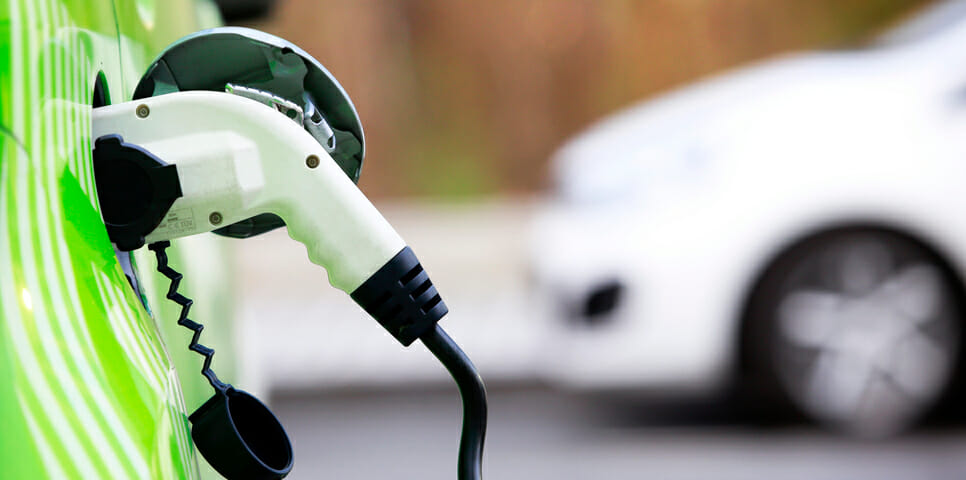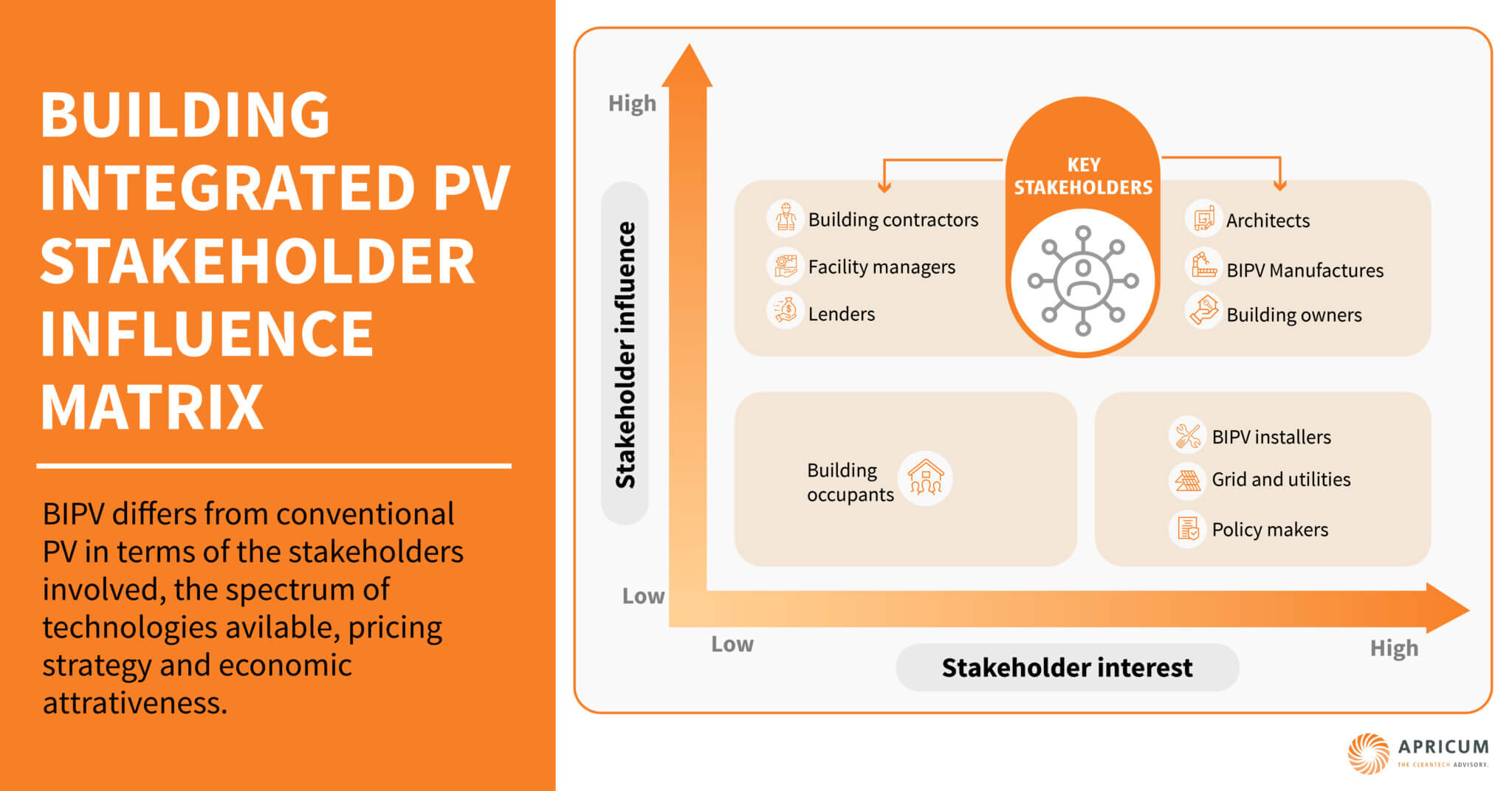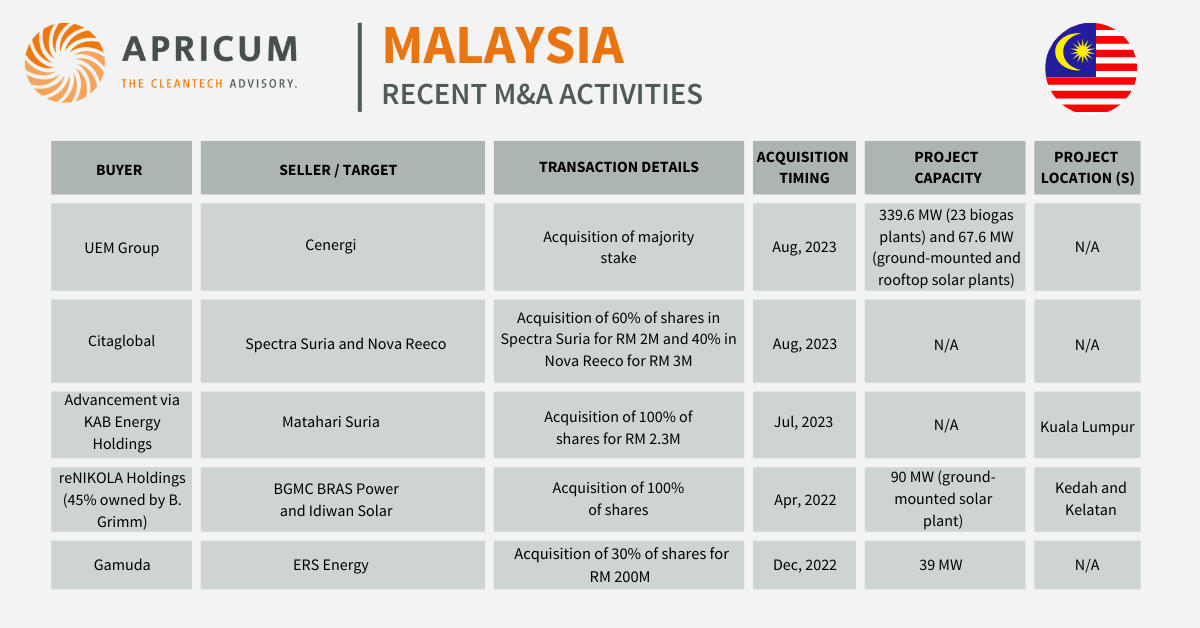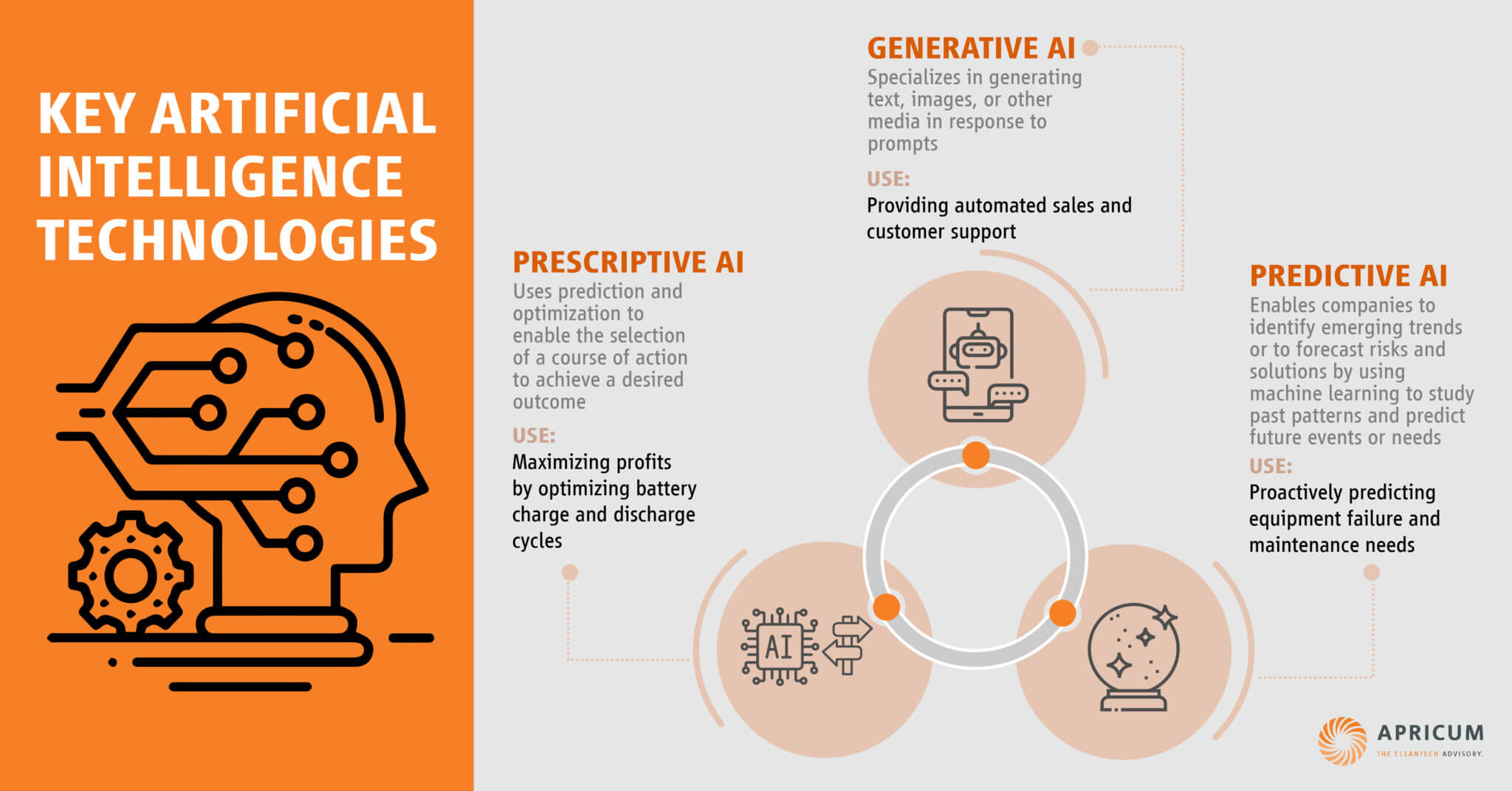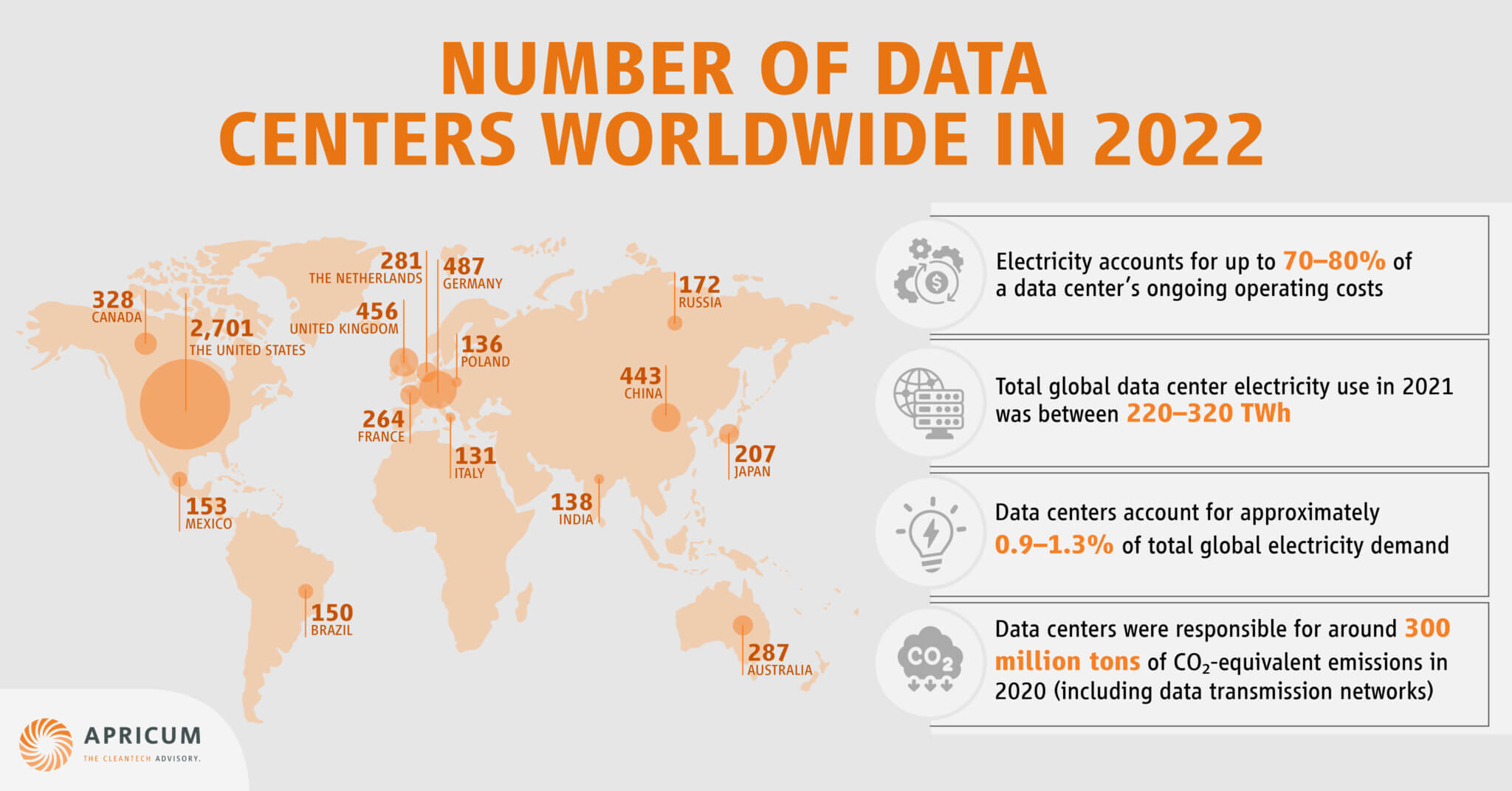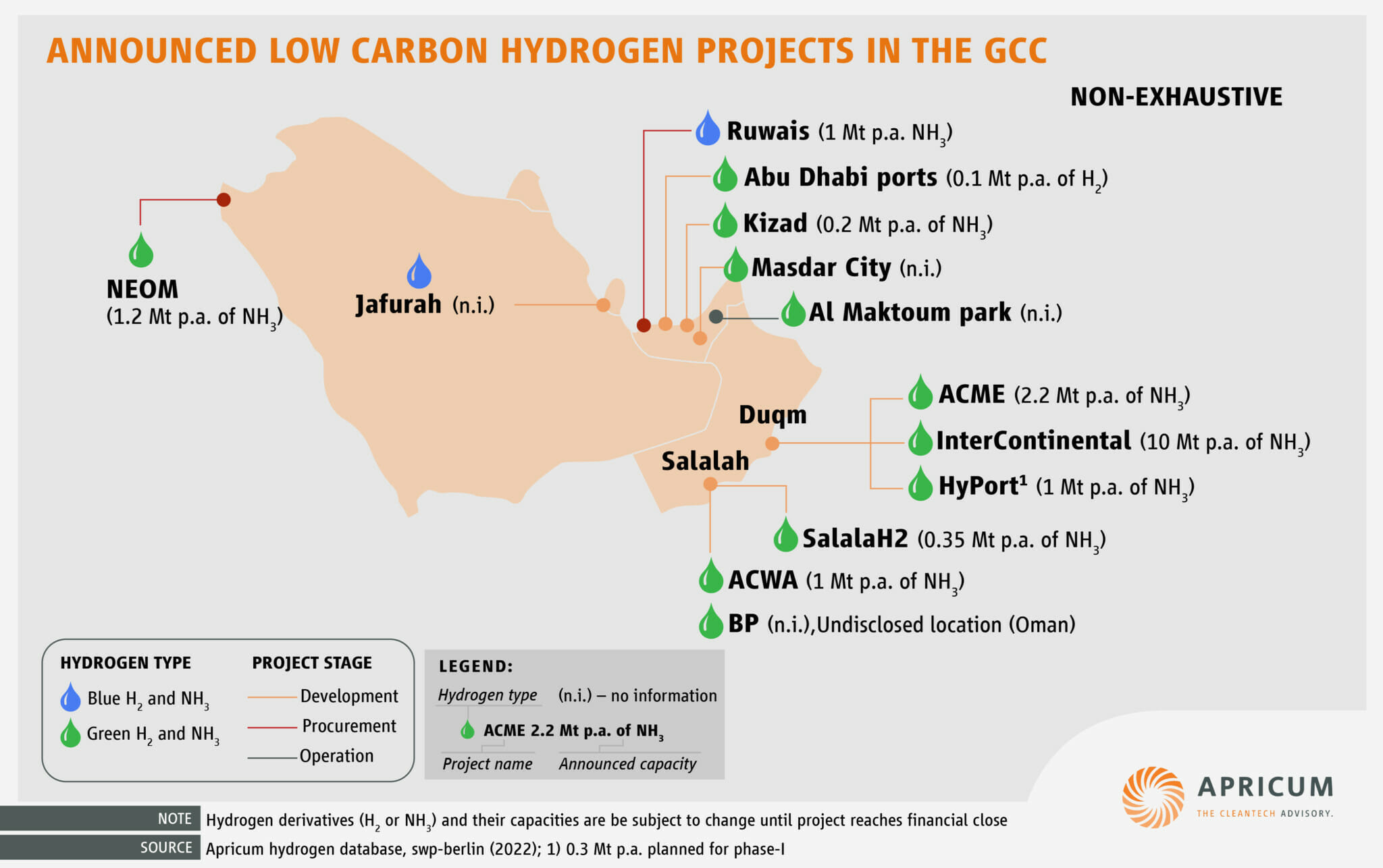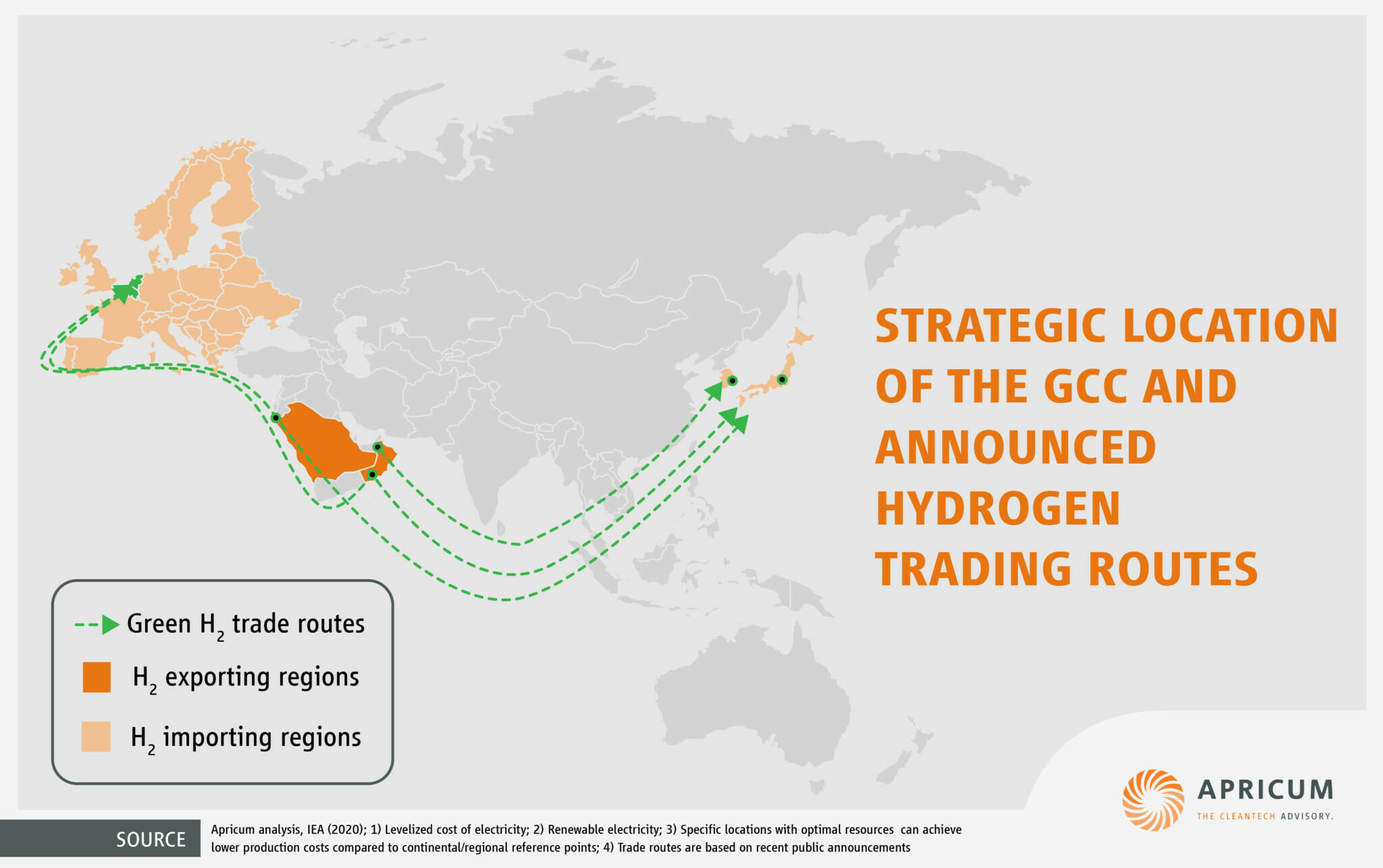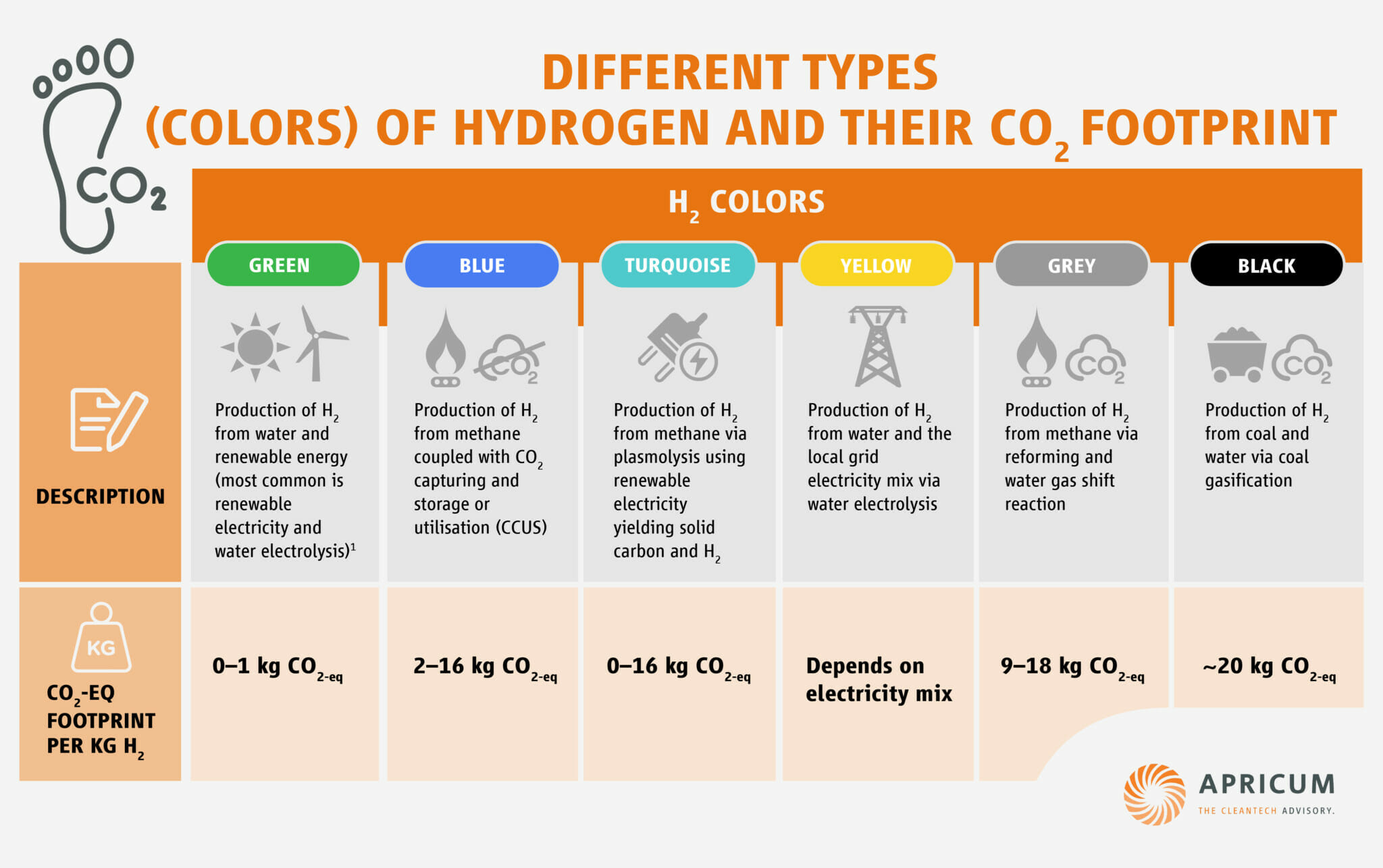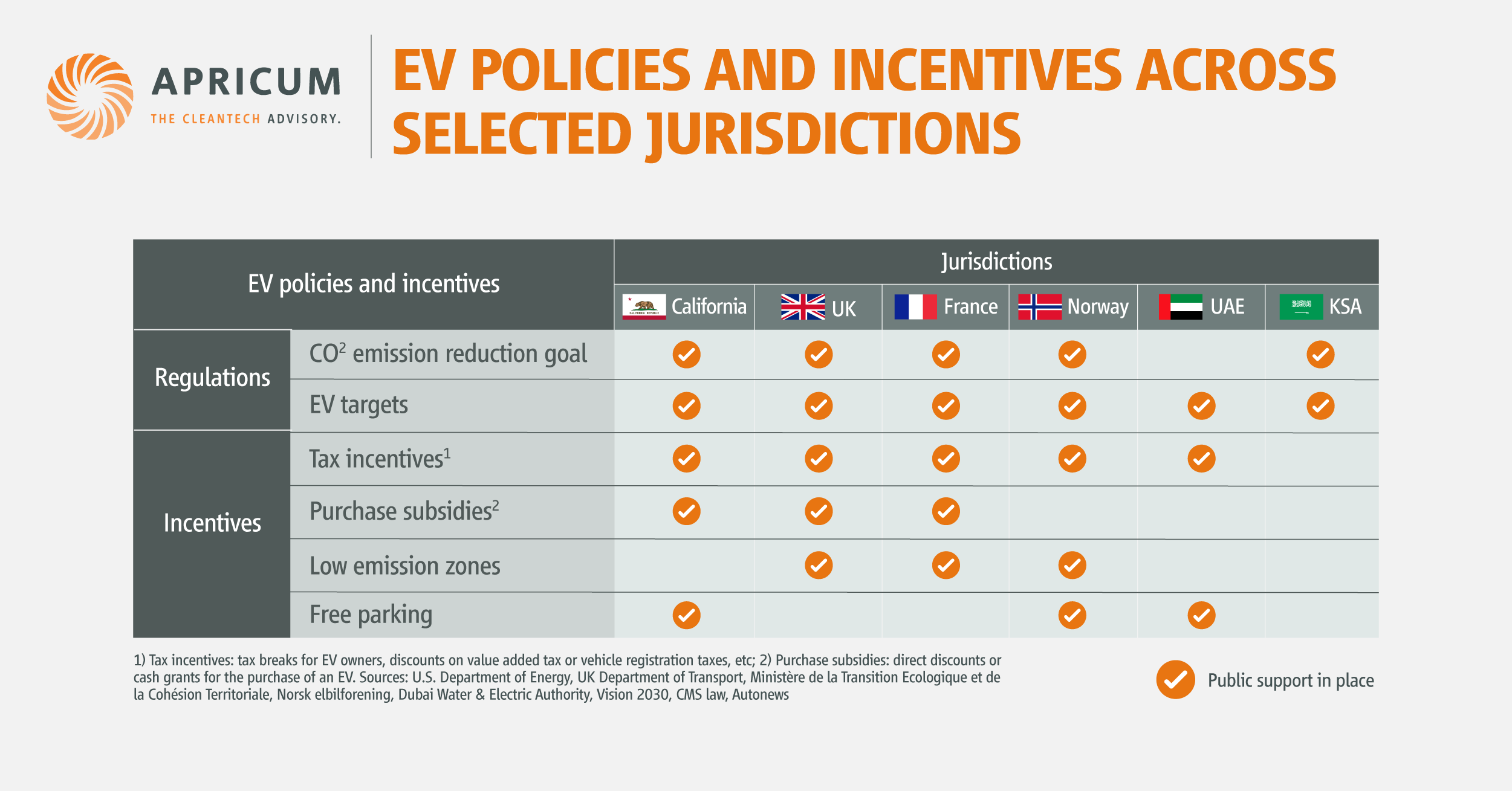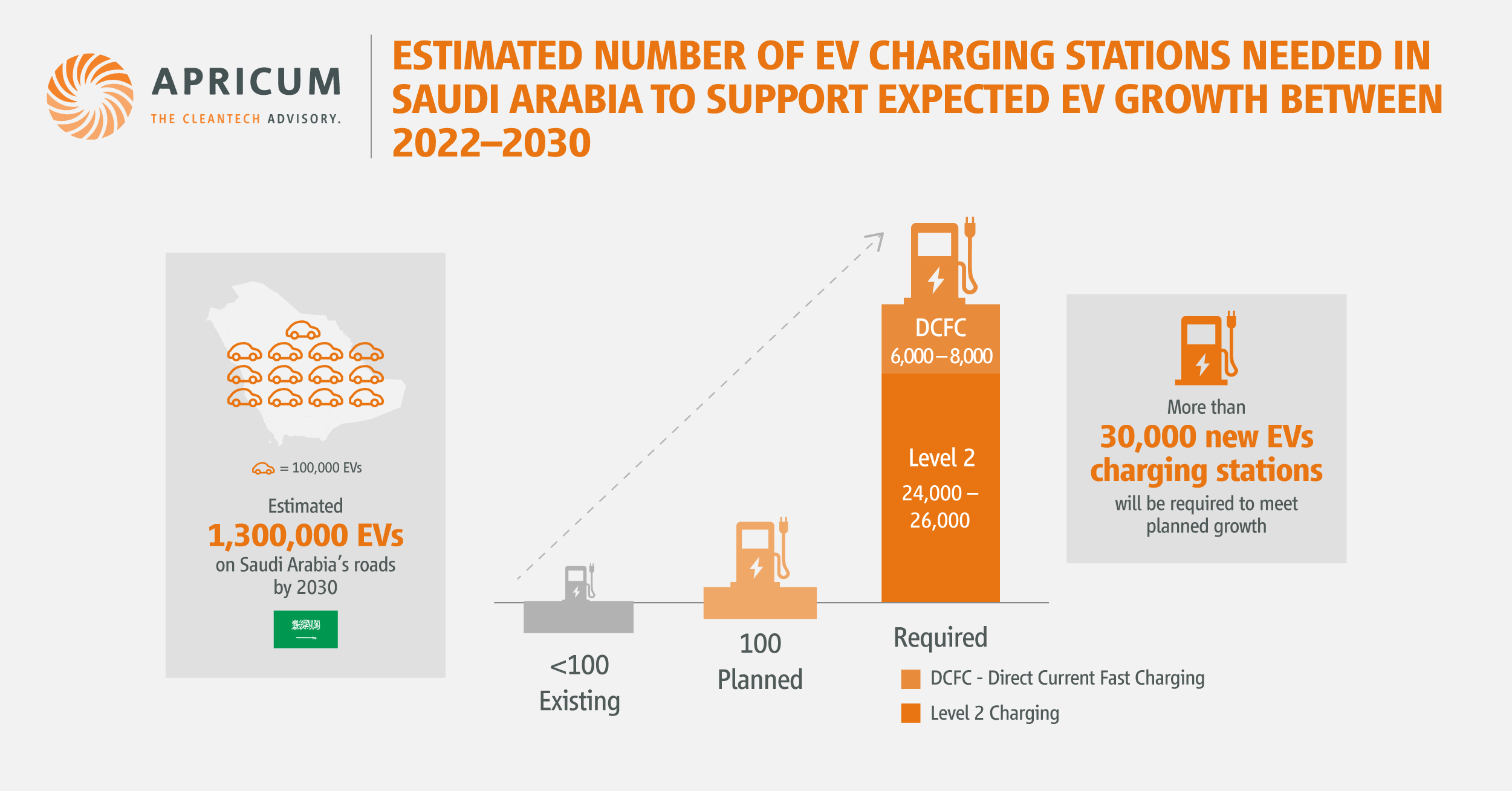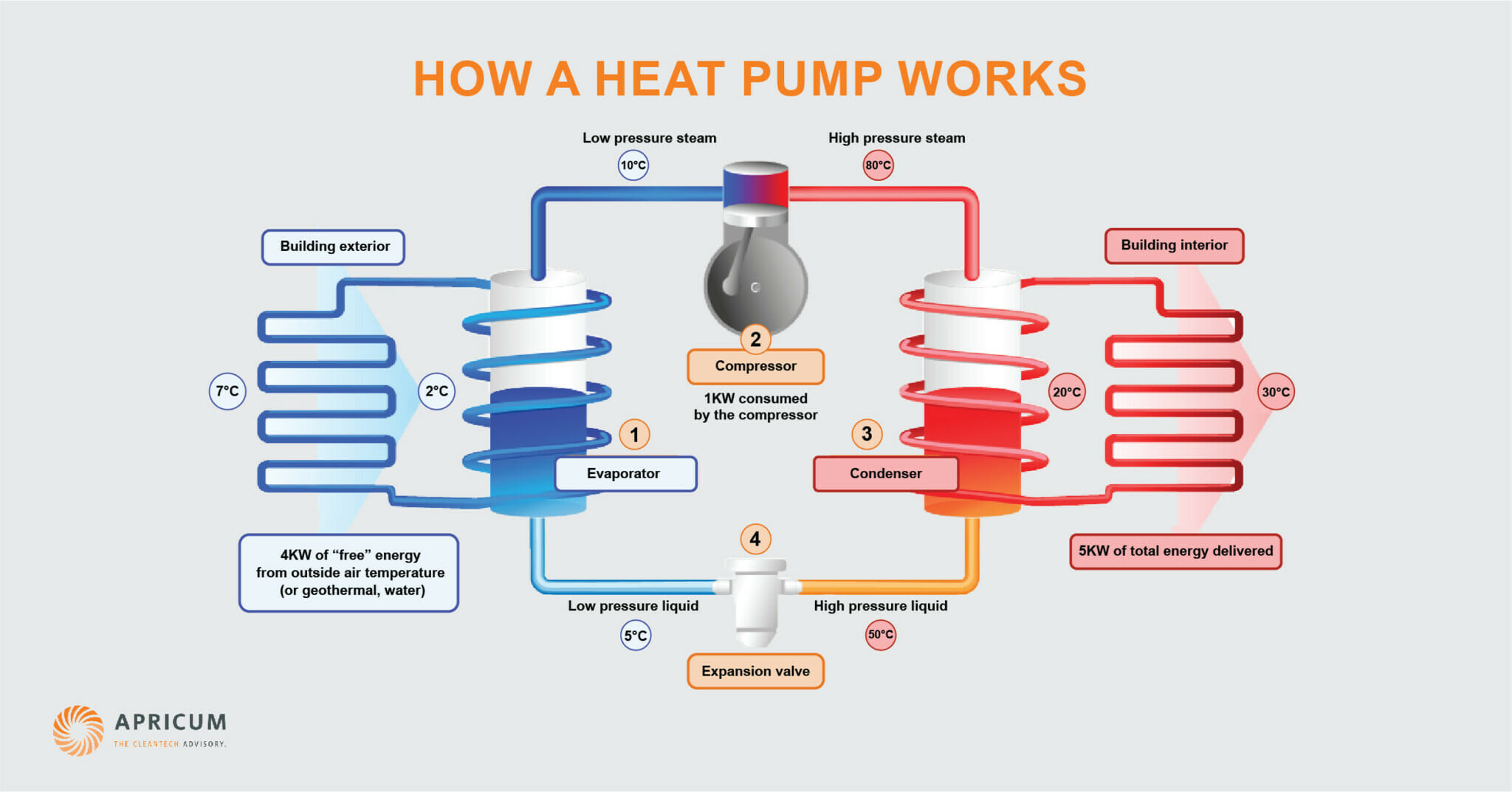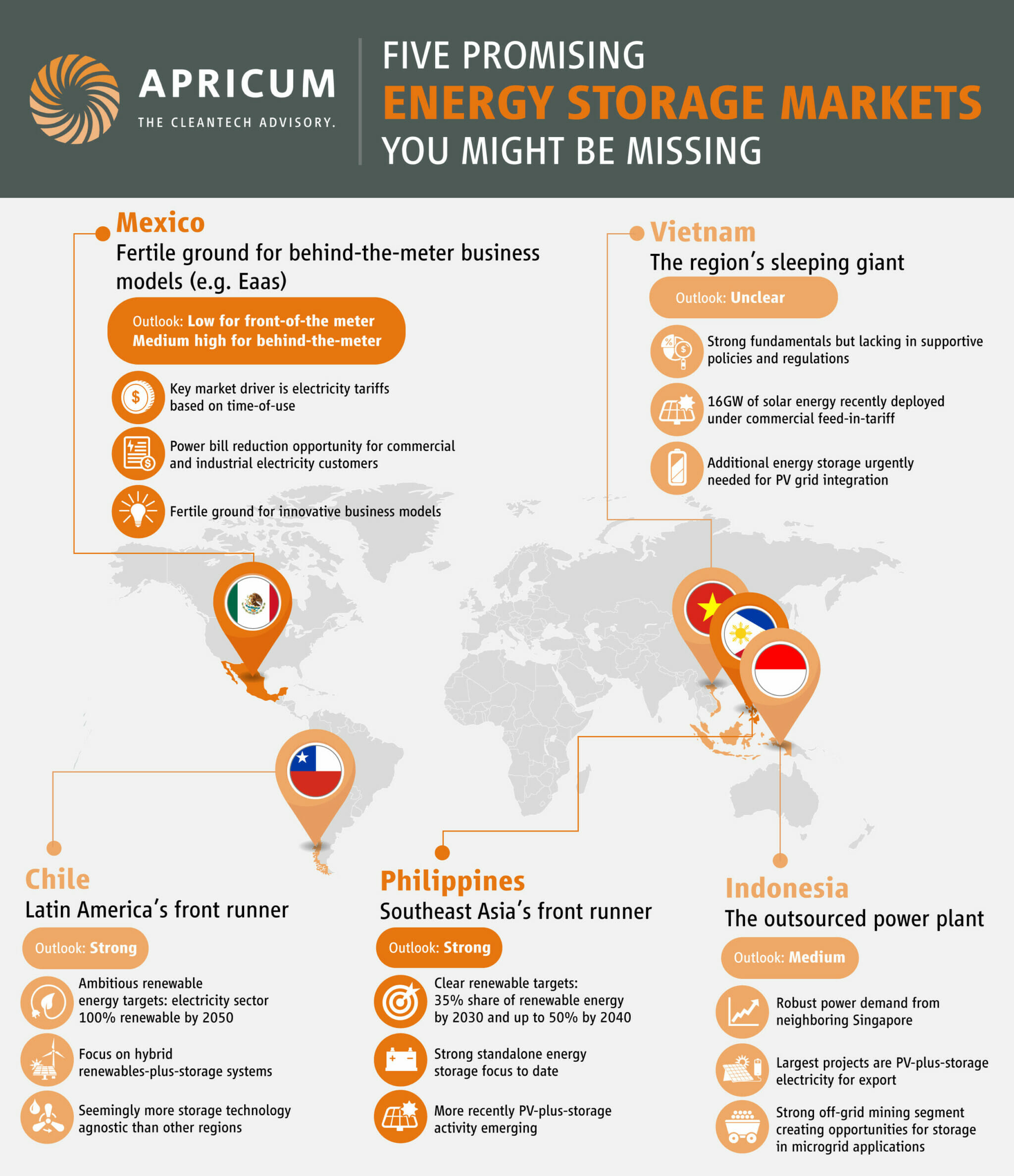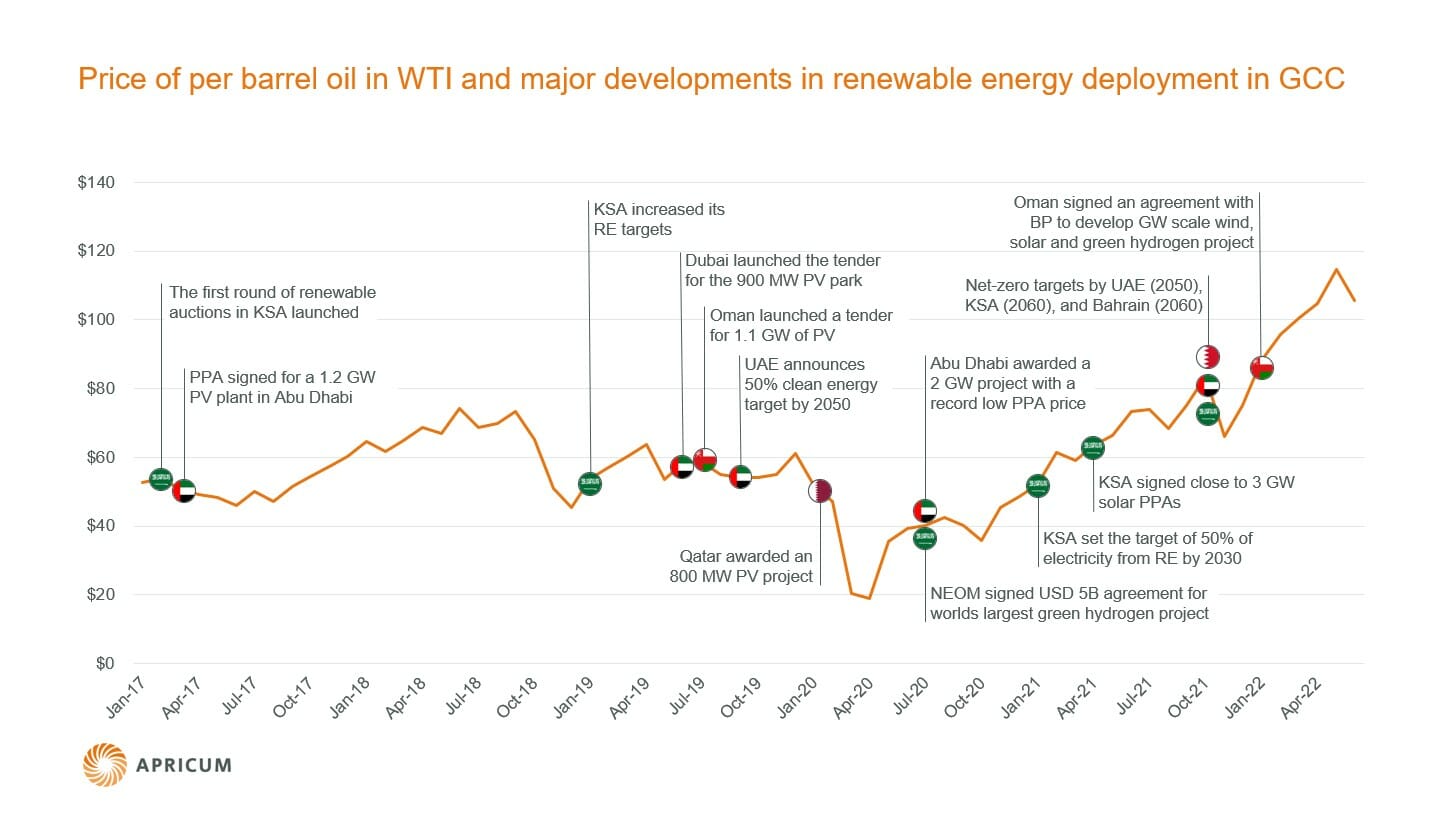The ‘charging gap’ is widening”, Volkswagen’s head of e-mobility Thomas Ulbrich warned last week as the number of new electric vehicles (EVs) on the streets is increasingly outpacing available charging points.
Based on the forecasted 2.5 to 4 million EVs and plug-in hybrids in Germany by 2025, VW expects a need for 300,000 public charging points. If the expansion of charging infrastructure continues at the current pace, however, there will be just 120,000 to 150,000 charging points – constituting a significant “charging gap” that jeopardizes the ongoing electrification of the transport sector, in Germany and other geographies.
Undeniably, installation numbers of charging stations need to increase. However, depending on the available power capacities of the local grid, the additional power demand can cause expensive and time-consuming infrastructure upgrades – tempting municipalities to just kick the can down the road. To allow for sufficient charging infrastructure without thwarting the expansion of e-mobility, the related grid impact needs to be mitigated. But how?
Time means flexibility, but is often a constraint
Today, half of the current German EV owners prefer to charge overnight at home to prepare for the daily commute to work. In this setting, the grid impact can be mitigated relatively easy by applying lower power and by reducing simultaneousness. Provided that there is a sufficiently long period of time available, AC power charging at only 3.6 or 11 kW can be applied and measures such as “smart charging” can help to distribute the load more evenly, preventing the grid from reaching its limits.
In other situations, however, charging has to be quick and instantaneous, for example, during long-distance traveling. Along highways, DC fast-chargers with up to 350 kW are deployed and used in parallel, causing significant demand peaks. Another example is the use of EVs within inner cities where the majority of vehicles does not have a fixed parking space. Owners or users of car sharing need to find a free charge point to refill, with the usual AC chargers often being occupied for hours. Fast-charging infrastructure could help increase the availability but again lead to challenges for the dominating low-voltage grid.
When time is a constraint, flexibility has to be provided differently – enter stationary energy storage.
How batteries can help
First of all, adding a battery to the charging station can help to “buffer” the power required from the grid, thus avoiding demand peaks exceeding the available capacity and thereby mitigating related grid constraints or costly upgrades and charges.
Moreover, batteries enable mobile charging solutions to cover the local need for fast chargers for a limited amount of time, e.g., in the case of mass events such as concerts or sporting events. These solutions are not connected to the grid and fully rely on built-in energy storage.
As for many other applications, stationary energy storage can neatly meet the flexibility needs for EV charging – as long as two key prerequisites are met.
Prerequisite 1: Competitive pricing
Similar to other use cases, stationary energy storage must be competitive with the alternatives. Depending on the individual local setting and user preferences, expanding grid infrastructure or simply accepting demand charges or longer charging times might be more favorable over deploying a battery.
To ensure competitiveness in a wider range of situations, battery buffered charging will benefit from the continued cost-down trend for storage hardware, caused by economies of scale and a higher efficiency in manufacturing as well as advances in cell design and use of cheaper raw materials, among others. Opportunity costs, e.g., caused by bulky storage units blocking space that could be used for additional parking lots, can be avoided through clever, space-saving battery design and integration in the charger.
And energy storage can add further value beyond buffered charging, thus enhancing its attractiveness. Examples are realizing savings from charging the battery when grid prices are the lowest and discharging later (in areas where time of use prices are available) or earning additional revenues by offering ancillary services. Moreover, avoiding grid enhancements usually means avoiding construction sites, which in turn means avoiding traffic jams, unusable customer parking lots and other headaches.
Prerequisite 2: Optimal utilization levels
In theory, an increasing penetration of EVs requires more fast charging, which causes an increasing demand for (competitive) buffering batteries. However, this is only true up to a certain utilization of the fast charger: When more EVs are on the road and the charging stations are in constant use, it gets more difficult to recharge the stationary storage units frequently and flexibly enough to significantly save money as described above.
The individual business cases for battery buffered charging have to reflect the evolving utilization through system sizing, flexible charging/discharging strategies and sophisticated system management software. Another potential option is the “swapping” of charging points, i.e., replacing “empty” charging stations, recharging them at a central location and deploying them again.
But even if utilization reaches a level that does not allow for substantial buffering anymore, the already installed batteries would not need to end up as stranded assets: Savings and additional revenues could still be realized in the way described above.
A sizeable opportunity
To reach a sufficient level of electrification in the transport sector, it is not enough to rely on commuters with private wall boxes and employers offering a charging opportunity.
The large share of car owners with no fixed parking space and/or the need to travel larger distances have to be convinced as well with good access to convenient, public charging opportunities. Volkswagen consequently expects that already by 2025, the majority of charging will need to take place in public.
Battery buffered charging can enable a wider application of fast charging and thereby help to close the anticipated “charging gap” – and open up a new, substantial use case for stationary energy storage at the same time.
For questions or comments, please contact Apricum Partner Florian Mayr.

